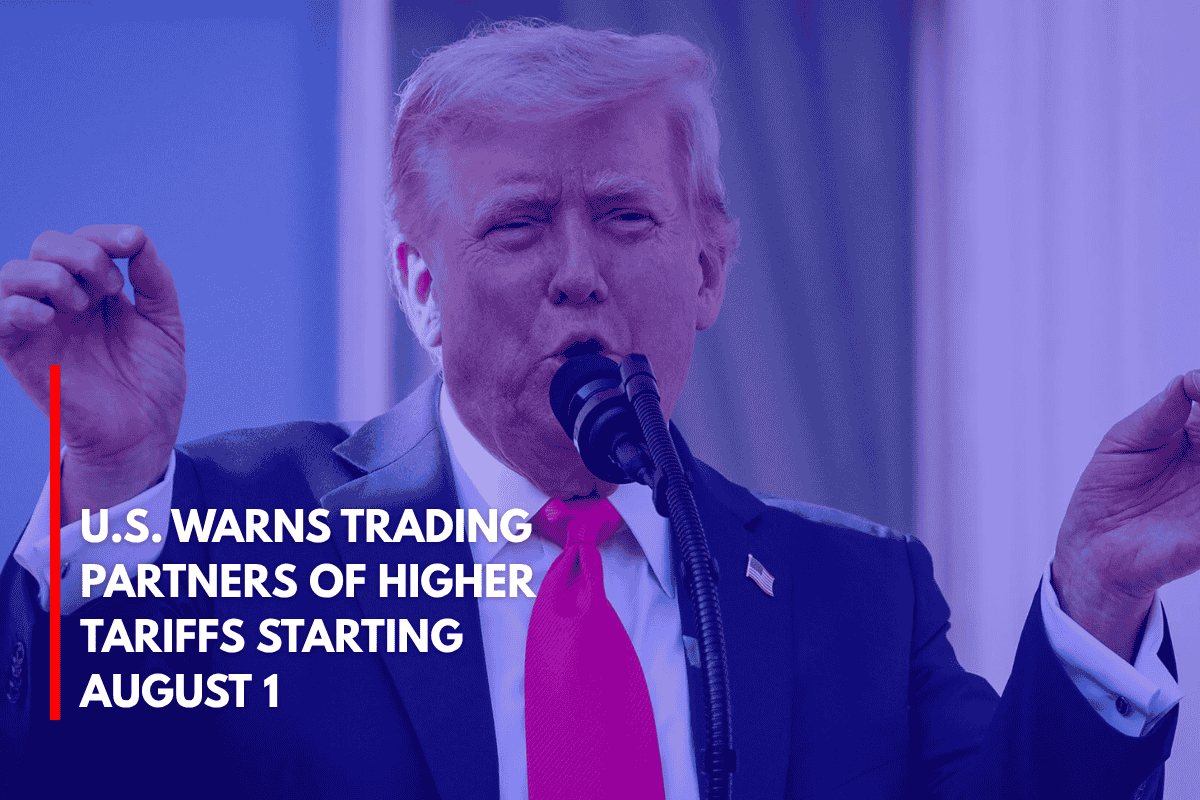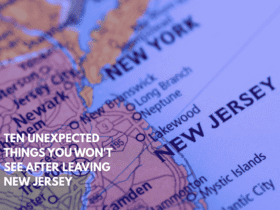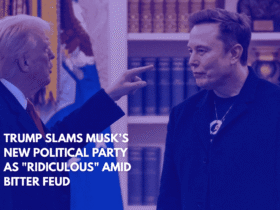The White House is intensifying pressure on the U.S.’s trading partners, warning them that higher tariffs could be imposed starting August 1, unless new trade deals are made by the Wednesday deadline.
President Trump, Treasury Secretary Scott Bessent, and National Economic Council Director Kevin Hassett have confirmed that dozens of letters will be sent to countries that have not yet finalized trade agreements with the U.S. The letters will warn of the potential tariff increases, aiming to conclude deals before the deadline.
The Deadline and Tariff Threats
As many as 15 letters are expected to be sent out beginning Monday, with a total of about 100 letters targeting smaller trading partners, where tariffs are already set at 10%.
The focus is on nations with the largest trade deficits with the U.S. These countries have been given a window to finalize agreements to avoid an additional 10% tariff on goods.
Trump’s stance on third-party countries such as those in the BRICS group—Brazil, Russia, India, China, and South Africa, plus other emerging economies like Iran, Egypt, and Ethiopia—has also come into play.
Trump has warned that countries aligning with the anti-American policies of BRICS will face extra tariffs without exceptions.
The Trump Administration’s Strategy
The U.S. is focusing on countries that contribute to its trade deficit, which currently accounts for 95% of the U.S. deficit. Bessent pointed out that the government is “close to several deals” and expects big announcements soon.
However, questions remain about whether the August 1 deadline will be strictly enforced or if an extension will be granted for further negotiations.
Despite this, some experts anticipate a delay in tariff implementation for certain nations, given the complexities of trade agreements. Clark Packard, a trade policy expert, emphasized that it can take longer than 90 days to finalize such deals, suggesting that an extension might be a more viable option for countries still in negotiations.
Trade Deals and Adjustments
Recently, Trump announced a deal with Vietnam, which will now face 20% tariffs on exports to the U.S., with an additional 40% tariff on goods transshipped through Vietnam. This deal was a step down from the 46% tariff that Trump initially proposed, signaling his effort to negotiate more favorable terms for the U.S.
In terms of ongoing negotiations, Trump acknowledged that letters could be more effective than face-to-face discussions in certain scenarios, especially for nations like India and the European Union, with whom the U.S. has ongoing trade relations.
Canada’s Exclusion from the Letter Process
Interestingly, Canada will not be receiving one of the tariff warning letters, as the two countries are in the process of resuming trade talks. Ambassador Pete Hoekstra stated that Canada is one of the U.S.’s largest trading partners, and trade talks are expected to produce a deal soon.
However, Prime Minister Mark Carney of Canada has expressed that if a new deal isn’t in place by July 21, Canada will consider increasing its own countermeasures.











Leave a Reply